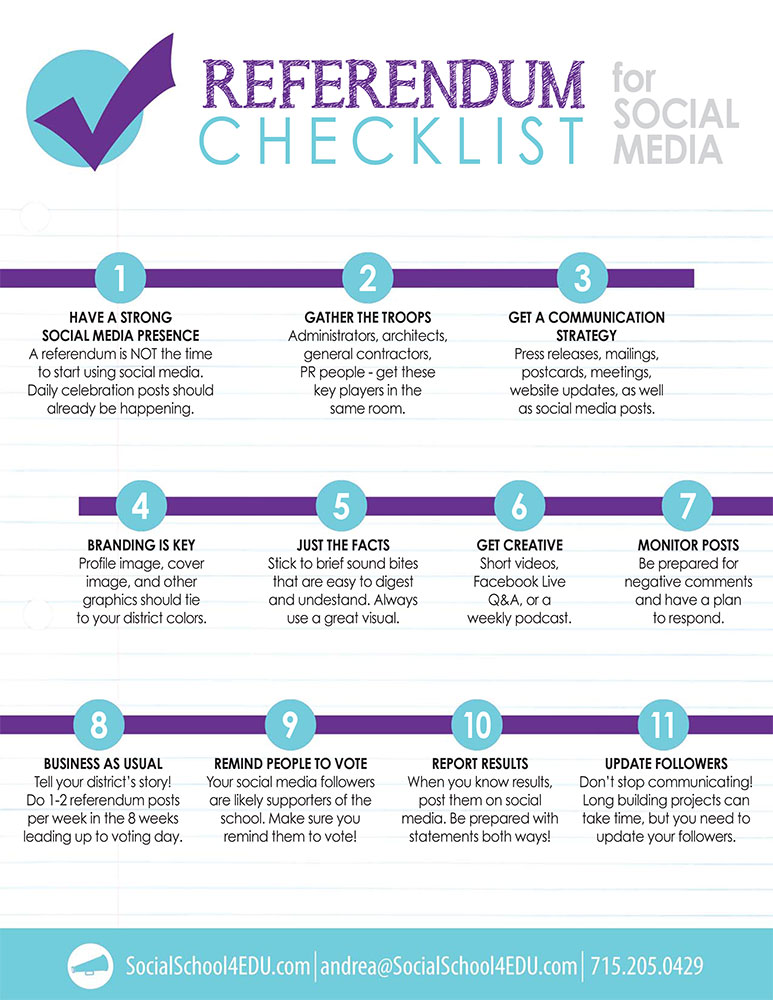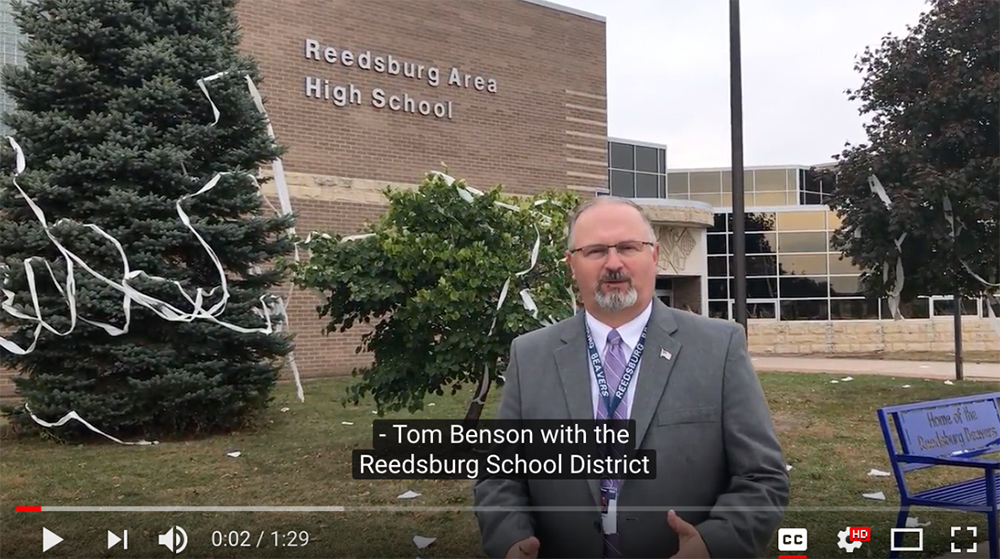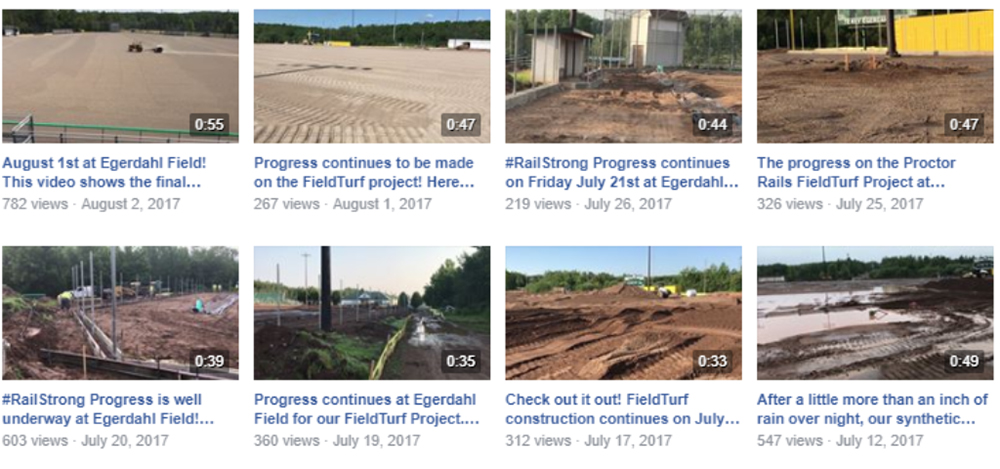Is your school going to ballot soon?
Or maybe you are just in the discussion phase, and it might happen in the next two years?
If your answer is “yes” to either of those questions, listen up!
We recently hosted a webinar featuring Heidi Feller, our very own Chief Inspirational Officer with #SocialSchool4EDU. Our team has helped with more than 30 referendum/bond campaigns, and we’ve learned a thing or two about using social media to help with your communications!
The webinar discusses items such as how often to post, what to post, how to respond to negative chatter, and more!
You’ll also see tons of examples from other schools.
The recorded webinar can be accessed by members only. If you are interested in joining us, learn more here. But just in case you want the highlights – we’ll share the 11 “to-do” items here. We even created a free PDF that you can print out and share with others at your school!
1. Have a strong social media presence – A referendum is NOT the time to start using this powerful communication tool. You should already be celebrating your school on a daily basis. This means posting regularly on your social media channels!
2. Gather the troops – Administrators, architects, general contractors, PR people – get these key players in the same room. You all have a key role to play.
3. Get a communication strategy – What tools will you use to share information? This includes press releases, mailings, postcards, meetings, website updates, as well as social media posts. The key here is to layer, layer, and REPEAT. Push out talking points on various platforms at the same time.
4. Branding is key – Update your profile image and cover image to reflect your upcoming ballot. Create a special FAQ graphic in line with your branding. Recycle graphics used in mailings, postcards, and on the website. Never pass up the opportunity to use your school colors and logo.
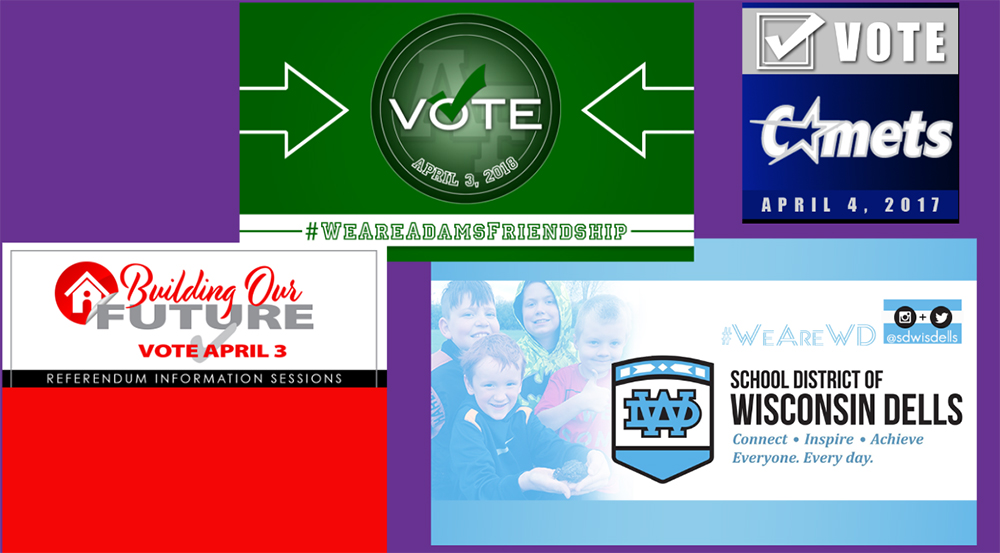
5. Just the facts, ma’am – Stick to brief sound bites pulled directly from other communication platforms. Compose social media posts that are easy to digest and understand. If you can’t understand the post, then your taxpayers most likely won’t either.
6. Get creative – Shoot a short video explaining a specific talking point, consider a Facebook Live Q & A session, record a podcast, or even start a weekly feature like Twitter Tuesday. Don’t forget to always use great visuals!
7. Business as usual – Tell your district’s story! Referendum posts should be one to two posts per week in the 8 weeks leading up to voting day. Every post should not be about the upcoming ballot question. Your daily posts of classroom happenings remind folks the value your district brings.
8. Monitor posts – Be prepared for negative comments and have a plan to respond. This is critical. Social media is a great place to learn what questions may be out there in regards to the ballot question. Use the platform as a listening tool, and then dial in your communication strategy off of that.
9. Remind folks to vote – Your social media followers are likely supporters of the school. Make sure you remind them to vote! You can do this months before through absentee ballot reminders, and then definitely the morning of the vote.
10. Report results – Be your own news channel. When you know if it passed or failed, let your community know via social media. Be prepared with statements for both scenarios!
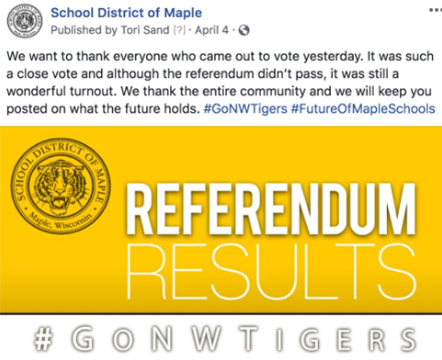
11. Keep folks updated – If you pass your vote, don’t stop communicating! Long building projects can take time, and you will need to update your followers. Now that you have the funds, keep the community in the loop on the use of those monies. If you failed your vote, there also may be decisions that need to be made. Communicate those as well.
We hope this checklist is helpful as you prepare for your ballot. The team at #SocialSchool4EDU loves to help schools navigate the social media world! If you need assistance, find out more about how we can help by watching this short video. You can book 30 minutes to learn more at this link.


